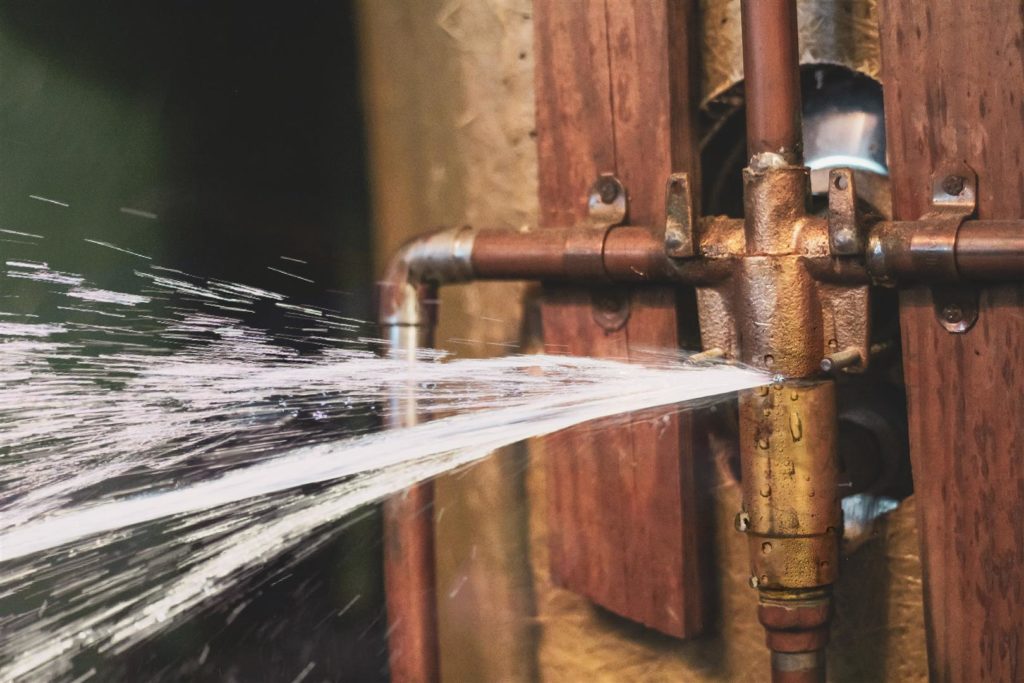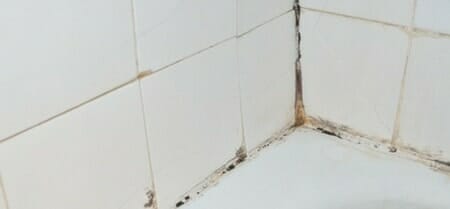Aspects Contributing to Water Deterioration in the Bathroom
Aspects Contributing to Water Deterioration in the Bathroom
Blog Article
This great article listed below about How to Repair and Prevent Bathroom Water Damage? is fairly enlightening. You should give it a look.

Water damage frequently takes place in the bathroom as a result of the water utilized day-to-day. In some cases, the damages could be a little mold and mildew from the shower. Various other times, it's large damages on your flooring. Whatever it is, it is always excellent to know the cause as well as stop it before it takes place.
This overview will certainly go through several of the usual causes of water damage in the restroom. We will certainly additionally examine what you can do to stop these reasons from damaging your bathroom. Allow's dive in.
These are the usual reasons you would have water damage in your restrooms and how you can spot them:
Excess Dampness
It's cool to have that long shower and also sprinkle water while you hem and haw and also imitate you're carrying out, but sometimes these acts could create water damage to your bathroom.
Sprinkling water around can trigger water to head to corners and also create molds. Watch just how you spread excess wetness around, and when you do it, clean it up to prevent damage.
Splits in your wall surface ceramic tiles
Bathroom wall surface floor tiles have actually been specially developed for that objective. They safeguard the wall from moisture from individuals taking showers. However, they are not indestructible.
In some cases, your restroom wall ceramic tiles fracture as well as allow some dampness to leak right into the wall. This can potentially destroy the wall if you do not take any activity. If you discover a split on your wall surface tiles, fix it promptly. Don't wait up until it ruins your wall.
Overruning commodes as well as sinks
As humans, often we make blunders that can create some water damage in the bathroom. For instance, leaving your sink tap on could cause overruning and also damages to other parts of the restroom with dampness.
Likewise, a defective toilet might trigger overruning. For instance, a damaged commode take care of or other parts of the tank. When this happens, it might harm the flooring.
As quickly as you discover an overflowing sink or toilet, call a plumber to assist deal with it quickly.
Burst or Leaking Pipes
There are numerous pipes carrying water to different parts of your bathroom. Some pipelines take water to the toilet, the sink, the taps, the shower, and several various other areas. They crisscross the small location of the restroom.
Every now and then, these pipelines could get rusty as well as burst. Various other times, human activity could trigger them to leak. When this happens, you'll discover water in the corners of your washroom or on the wall.
To find this, keep an eye out for gurgling walls, mold and mildews, or mildew. Call a professional emergency situation plumbing technician to repair this when it happens.
Roof covering Leaks
In some cases, the problem of water damage to the washroom might not originate from the washroom. For example, a roofing system leakage could create damage to the restroom ceiling. You can spot the damage done by looking at the water stains on the ceiling.
If you find water stains on your ceiling, check the roof covering to see if it's damaged. Then, call a professional to aid address the concern.
Conclusion
Water damage to your restroom can be irritating. However, you can handle it if you protect against some of the reasons stated in this overview. Call an expert emergency plumbing professional if you observe any severe damage.
How to Repair a Water-Damaged Wall in the Bathroom
All you need to know to repair bathroom wall water damage – from identifying the water source to finishing the repair professionally. If you don’t act quickly to resolve a water damage problem, you could find that it develops into a mold issue and/or cause structural damage to your home. Follow this guide to repair your bathroom before it's too late.
All you need to know to repair bathroom wall water damage
Water damage is a common household problem, and one that, if left unrepaired, can quickly lead to structural problems and health issues. The two most likely rooms where water damage may occur is the bathroom and the kitchen – where water is used often and there is high humidity.
What is water damage?
It is easy to think of water damage as caused by a flood or leaking tap or burst water pipe. However, when water damage is assessed, there are three main categories into which water falls (as classified by the American National Standards Institute). These categories are defined as:
Category 1 Water – ‘Clear Water’
This is sanitary water. There is usually no major threat to health by washing with this water, drinking it, or inhaling if it is streaming. Most water that enters your home will be category 1 water, while most water leaving your home will be either category 2 or 3 water. It may also come from melting snow, rainwater and water tanks.
Damage caused by this type of water can usually be repaired or restored, though this doesn’t mean that there are no potential health issues.
Category 2 Water – ‘Grey Water’
This is contaminated water – sometimes considerably so – and will cause illness if consumed or if it comes into contact with your skin. Water damage in this category is often caused by overflows from toilet bowls, and damage to washing machines and dishwashers. While damaged items might still be repaired or restored after damage by grey water, it is more difficult and more expensive to do so.
If the water damage in your home has been caused by grey water, it is advisable to have repairs made by professionals.
Over time, grey water will deteriorate and become black water.
Category 3 Water – ‘Black Water’
Category 3 water, also known as black water, is highly contaminated and a great risk to health. This may contain raw sewage, heavy metals, and other toxic substances. It will smell terrible.
If this is the water that has caused damage in your bathroom, do not touch it. Stop the water flowing if possible, seal the room and call the experts: it really isn’t worth the risk of ill health and disease that could be fatal. It is very unlikely that items can be repaired or restored if they have been damaged by black water.
https://www.porterscleaning.com/blog/how-to-repair-a-water-damaged-wall-in-the-bathroom/

We had been introduced to that report on How to Repair and Prevent Bathroom Water Damage? through someone on another blog. If you enjoyed our post if you please don't forget to share it. Thank you for your time. Visit again soon.
Protect plumbing integrity; connect now. Report this page